Dr. Qingxiao Yu of UnionTech Express the Evolution of the Additive Manufacturing Industry: Transitioning from Stage One to Stage Two
![]() Development Status of the Additive Manufacturing Industry
Development Status of the Additive Manufacturing Industry
The origins of additive manufacturing (AM) technology can be traced back to the late 19th century in the United States, officially emerging in the 1980s. Initially, the technology focused on the production needs of prototype verification, achieving the alternative manufacturing of complex structures through precise replication. As technology evolved, additive manufacturing entered a second stage, characterized by the expansion of industry applications. With this expansion, the uncertainty in the production process increased, prompting a transformation of 3D printing equipment into production equipment to meet the actual needs of batch applications.
Dr. Qingxiao Yu, VP of UnionTech, GM of UnionTech R&D Center, highlights that the additive manufacturing industry is transitioning from the first stage to the second stage. Both metal and non-metal printing technologies are diversifying and finding widespread application. This development demands more stringent and precise requirements for automation, efficiency, consistency, and intelligence of equipment. Simultaneously, significant changes and adjustments are occurring in the industry’s upstream and downstream fields.

![]() Will Metal 3D Printing Technology Follow the Path of Polymer 3D Printing Technology?
Will Metal 3D Printing Technology Follow the Path of Polymer 3D Printing Technology?
Metal 3D printing, first proposed by the Fraunhofer Institute in Germany in 1995, uses metal powder as the printing material. Based on the molding process, it can be divided into four major technologies: Powder Bed Fusion, Material Jetting, Binder Jetting, and Direct Energy Deposition. These technologies encompass six major metal 3D printing technologies: Direct Metal Laser Sintering (Selective Laser Melting), Electron Beam Melting, Nano Particle Jetting, Binder Jetting, Laser Engineered Net Shape, and Electron Beam Additive Manufacture.
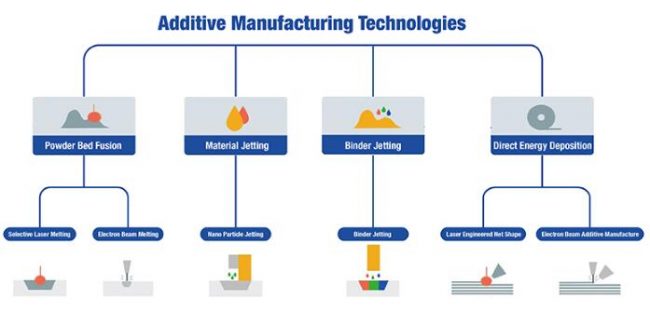
In expanding specific industry applications, metal 3D printing technology has shown broader application prospects and faster batch application capabilities due to its unique advantages. This trend indicates that the development of metal 3D printing is not a short-term phenomenon. From an industry perspective, metal 3D printing will not merely replicate the development trajectory of polymer 3D printing. While polymer 3D printing initially focused on the prototype verification market, metal 3D printing began with mass production, leading to a higher application threshold and the formation of patents and technical barriers between brands. Despite potential price reductions as the market saturates, the industry’s entry threshold will remain high, reducing the likelihood of low-price competition.
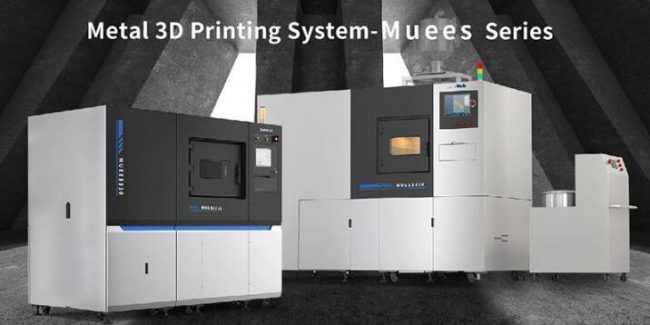
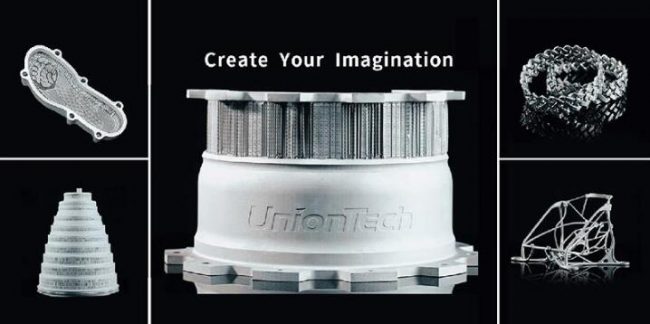
![]() UnionTech Metal 3D Printing Applications
UnionTech Metal 3D Printing Applications
Metal 3D printed military engine hood

Metal 3D printed engine block
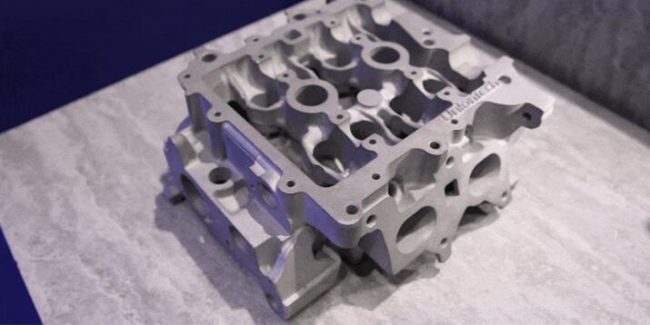
Metal 3D printed lock cylinder
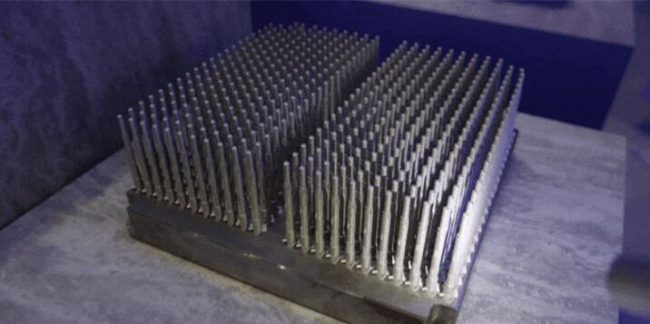
Metal 3D printing aerospace parts
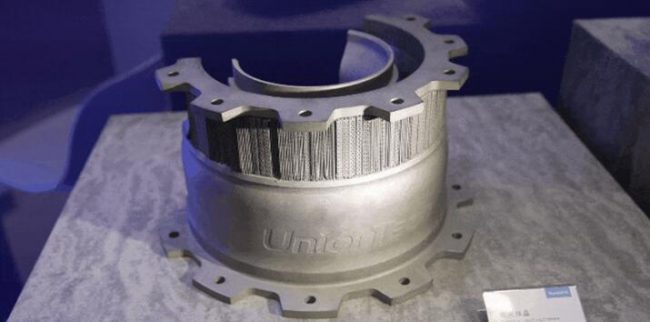
Metal 3D printed shoe mold
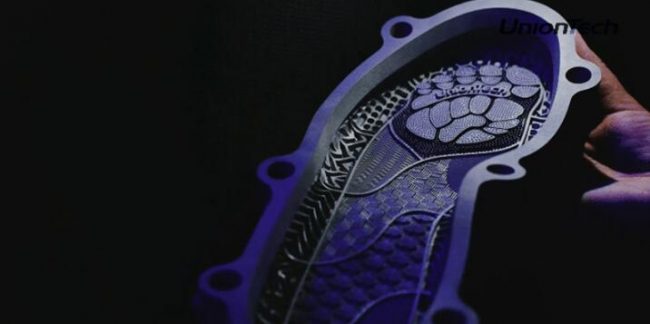
![]() Upcoming Technological Innovation of UnionTech
Upcoming Technological Innovation of UnionTech
UnionTech is at a critical juncture, transitioning from prototyping to real manufacturing. This transformation relies on core technology support and a user-oriented approach to provide comprehensive application solutions across multiple industries.
Advancing Intelligent Systems: Insufficient automation or high technical requirements for operators can hinder product popularity and applicability. UnionTech’s intelligent operation platform, UT ONE, simplifies equipment operation into an intuitive, “foolproof” process, reducing the user’s usage threshold and ensuring operational stability. UnionTech will continue investing in intelligent platforms to improve key indicators like data penetration, enhancing user experience.
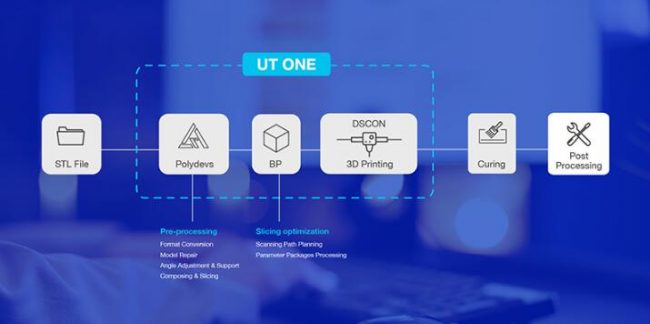
Simplifying Equipment Parameters and Interactive Design: Current 3D printer design allows users to alter all parameters, meeting research needs but complicating. UnionTech plans to launch a simplified interactive design which is more convenient for user with less experience, balancing efficiency and safety.

Promoting Intelligent Equipment Upgrades: UnionTech aims to minimize maintainable links of the 3D Printer, reducing human intervention and enhancing stability. Automated features like scraper cleaning and liquid level adjustments will be integrated, with intelligent monitoring ensuring accurate traceability and prompt issue alerts.

Improving Efficiency and Production Consistency: Increasing production consistency will reduce labor costs and simplify post-processing. As batch production scales, automated post-processing will become feasible, achieving flexible manufacturing with algorithm and tooling support.
![]() From Technical to Industrial Thinking, Changing Material R&D
From Technical to Industrial Thinking, Changing Material R&D
Market demand evolution has led to the development of high-performance resin materials. However, these materials often exhibit performance trade-offs. High-performance polymer materials meeting engineering plastics standards have been developed to address this.
![]() Industry-Oriented R&D
Industry-Oriented R&D
Dr. Yu advocates for an industry-oriented R&D approach, focusing on specific industries to understand material substitution and application needs. This targeted R&D model, exemplified by UnionTech’s dental materials, enhances the purposefulness and success rate of material development.

![]() Future of the AM Industry
Future of the AM Industry
The additive manufacturing industry will focus on application and batch manufacturing, prioritizing attributes necessary for mass production. Equipment stability and batch manufacturing consistency will drive industry progress, reducing human intervention and moving towards unmanned operations. The industry will also aim to provide end-to-end solutions for various applications, expanding its scope across different fields.
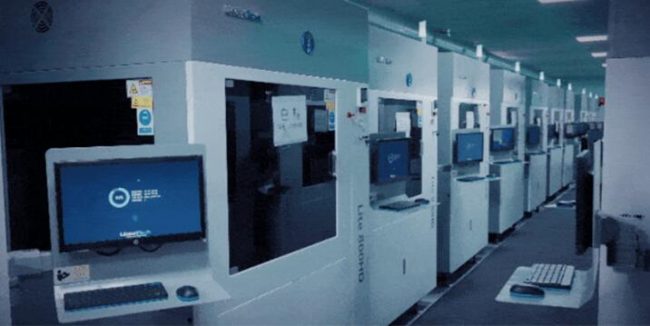
Source: UnionTech
For press release, welcome to send to 3D Science Valley at 2509957133@qq.com


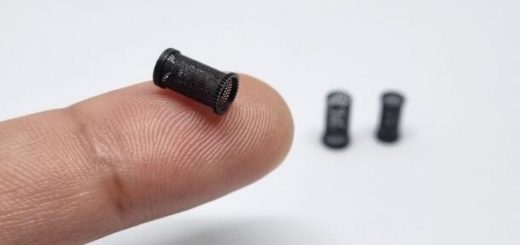
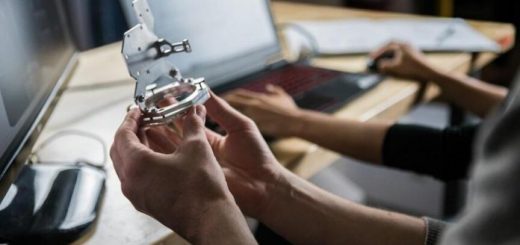
Recent Comments